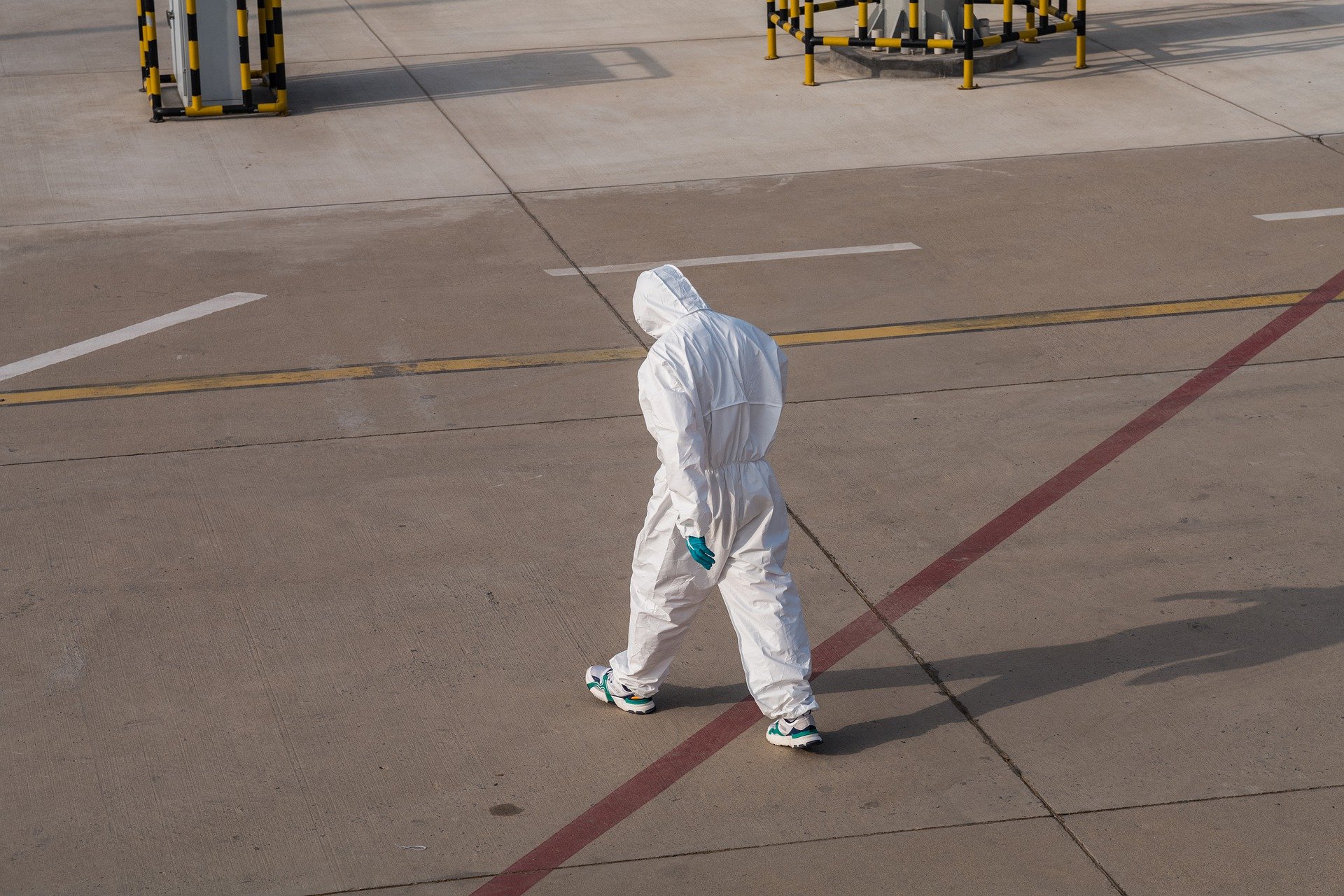Pandemic and containment policies in open economy
This paper analyzes the economic and epidemiological externalities of containment policies in an open-economy setting with firm entry and exit, SIR virus transmission, and a production network. Motivated by empirical evidence that non-pharmaceutical intervention policies (such as workplace closure or social distancing) are substitutes for medication-related policies (healthcare facilities and vaccine development), the authors incorporated four types of containment policies into their model. They find the workplace closure policy is the most effective in pandemic management, and social distance is a beggar-thy-neighbor strategy. Furthermore, this paper evaluates the efficacy of existing policy combinations and compares them to the optimal policy choice in the cooperative and Nash equilibrium, and a “prepare-for-worst” situation. Inter-country policy collaboration allows each country to specialize in different policies while also improving overall welfare. Real-world policies differ from optimum policies in the cooperative and Nash equilibrium, but they are closer to the second-best policies in the “prepare-for-worst” scenario, in which the U.S. policies cannot be predicted.












